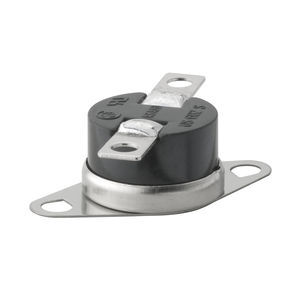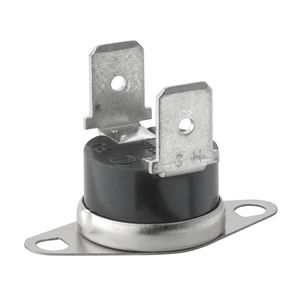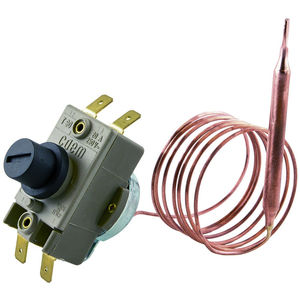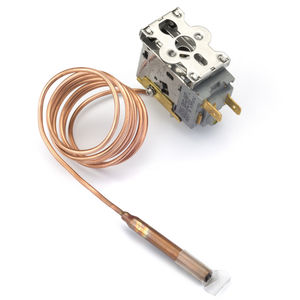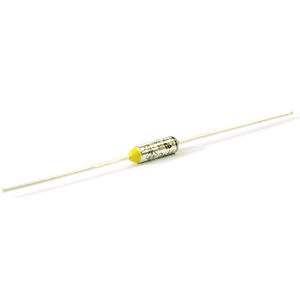
Electromechanical thermostat NWP Seriesadjustableexplosion-proofremote sensing
Add to favorites
Compare this product
Characteristics
- Heating technology
- electromechanical
- Type
- adjustable
- Protection level
- explosion-proof
- Other characteristics
- remote sensing
- Temperature
Min.: -39 °F
(-39 °C)Max.: 59 °F
(15 °C)
Description
Description
With concerns about protecting the environment, industries and customers are looking for alternative refrigerants. Using a hydrocarbron refrigerant such as R290 and R134a is the solution. Hydrocarbon (HC) refrigerant has no ozone depleting properties. They are now the safest and most cost effective way to cool and freeze applications that are filled with R600. The NWP series are electromechanical, snap action, automatic reset thermostats. They are user adjustable in the field. The NWP series was designed with a special housing which gives it anti explosion proof performance in accordance to the IEC/IEN standard 60079-15.
Specifications
Type:
Explosion Proof (Remote Sensing)
Function:
Close On-Rise (Normally Open); Open On-Rise (Normally Closed)
Switch:
SPST, SPDT or SPST with forced off
Temperature Range:
-33°F to 59°F (-36°C to 15°C)
Differential:
9°F to 45°F (5°C to 25°C)
Capillary Length:
To be specified
Accessories:
To be specified
Mounting/Sensing:
Air
Electrical Rating:
125 VAC, 8 Amps / 250VAC, 5 Amps, Resistive, 200,000 Cycles
125 VAC, 6 FLA, 36 LRA / 250 VAC, 4 FLA, 24 LRA, Inductive, 200,000 Cycles
Insulation Resistance:
100 MΩ (with a 500 VDC megger)
Dielectric Strength:
1.500 VAC/1 minute
Approvals:
UL E195847
Applications
Commercial & Residential Refrigeration, Freezers, Air Conditioning
Catalogs
No catalogs are available for this product.
See all of Selco Products‘s catalogsRelated Searches
- Programmable thermostat
- Waterproof thermostat
- Mechanical thermostat
- Temperature switch
- Thermistor
- Bimetallic thermostat
- Heating and cooling thermostat
- HVAC thermostat
- Preset thermostat
- NTC thermistor
- Compact temperature switch
- Capillary thermostat
- Cooling unit thermostat
- Electromechanical thermostat
- Refrigeration plant thermostat
- Explosion-proof thermostat
- Double thermostat
- Manual reset thermostat
- Epoxy-encapsulated thermistor
- IP40 thermostat
*Prices are pre-tax. They exclude delivery charges and customs duties and do not include additional charges for installation or activation options. Prices are indicative only and may vary by country, with changes to the cost of raw materials and exchange rates.


